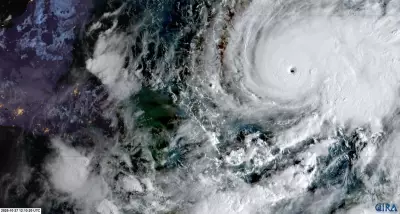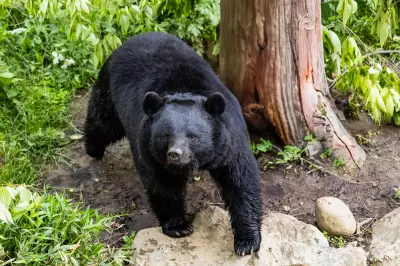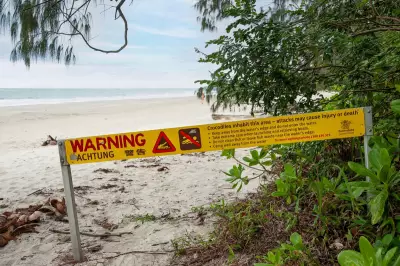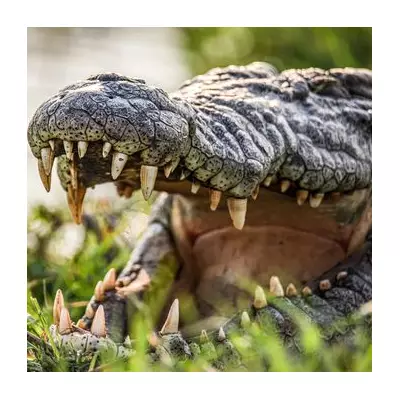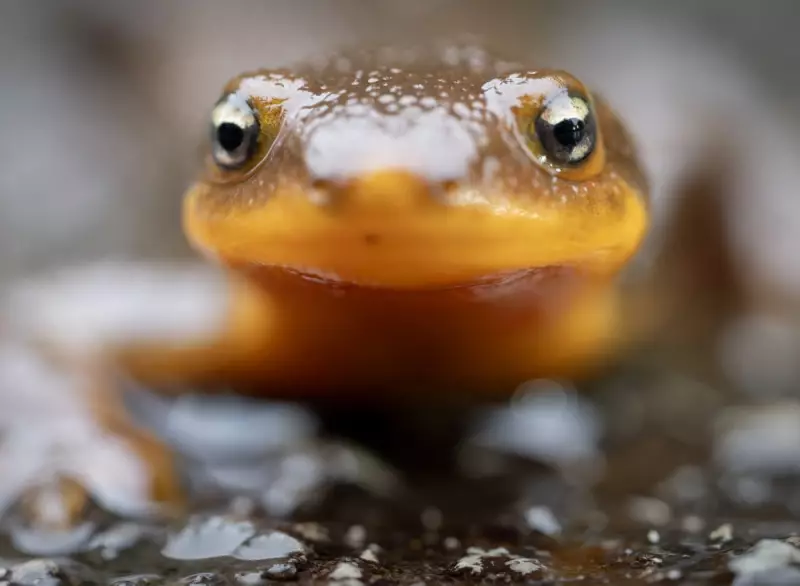
This week's natural world has delivered an extraordinary tableau of survival, rescue and new beginnings that highlights both the fragility and resilience of our planet's creatures.
A Toxic Marvel of Evolution
Among the most striking images this week is a fire-bellied newt, its vibrant orange underside serving as nature's warning sign. This small amphibian packs a powerful punch with skin secretions toxic enough to deter would-be predators. The newt's brilliant colouration exemplifies nature's sophisticated defence mechanisms, where beauty serves as a clear warning of danger.
Heartwarming Rescue Missions
In more uplifting news, conservationists have successfully rescued a gibbon from precarious circumstances. These acrobatic primates, known for their spectacular brachiation through forest canopies, face increasing threats from habitat loss and illegal wildlife trade. The rescued gibbon now begins its journey toward rehabilitation, representing hope for similar endangered species worldwide.
The Night Sky's New Navigators
Meanwhile, wildlife sanctuaries report the arrival of baby flying foxes, their delicate wings folded close as they cling to mothers in nursery colonies. These remarkable megabats play crucial roles in ecosystem maintenance through pollination and seed dispersal. The sight of new generations emerging offers promising signs for species conservation efforts.
Conservation in Focus
This week's collection underscores the ongoing work of conservation organisations and wildlife photographers who bring these stories to global attention. Each image serves as both documentation and advocacy, reminding viewers of our shared responsibility toward planetary stewardship.
The diversity showcased - from toxic amphibians to rescued primates and nurturing bats - illustrates the complex web of life that requires our protection and understanding. As these stories unfold, they collectively paint a picture of both challenge and hope in contemporary wildlife conservation.

